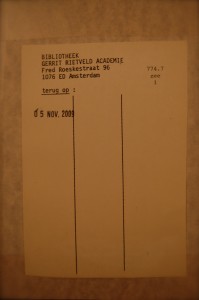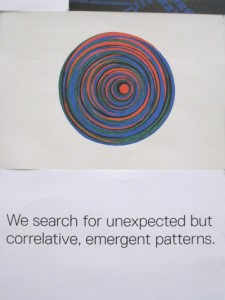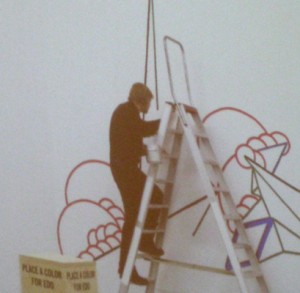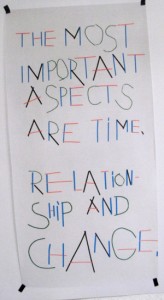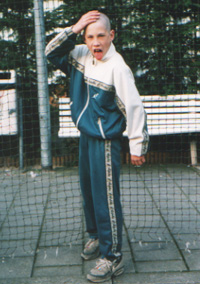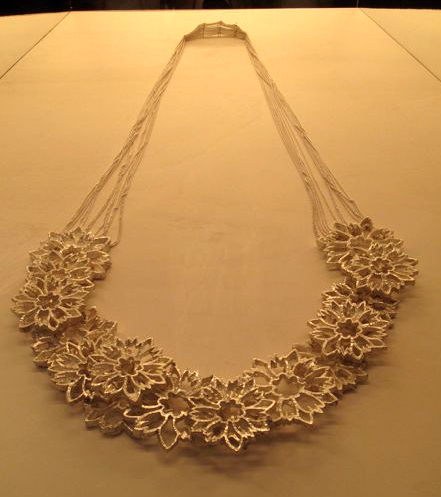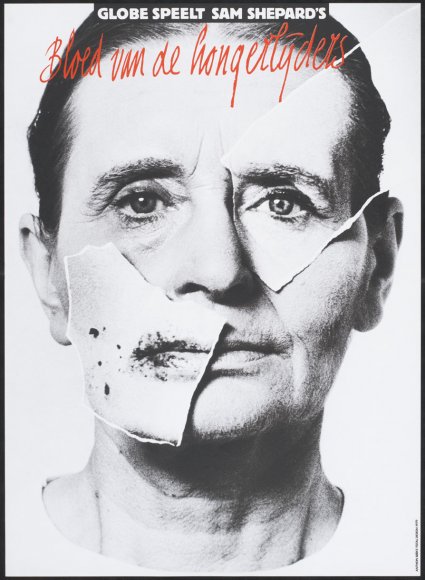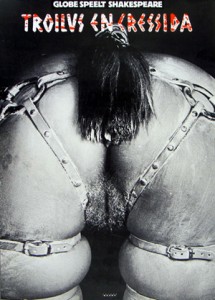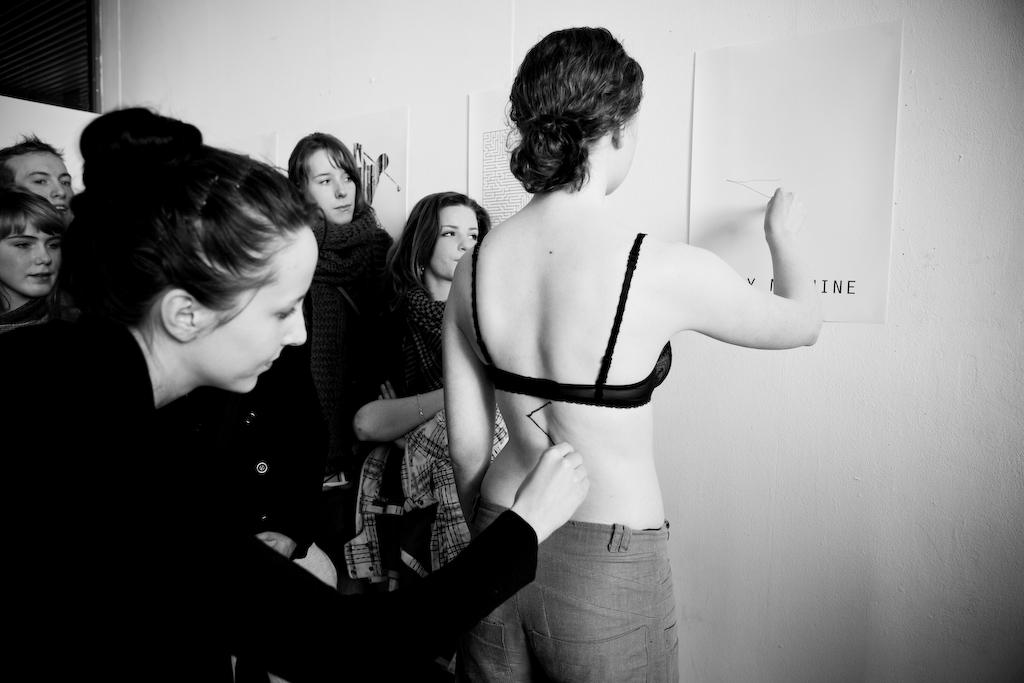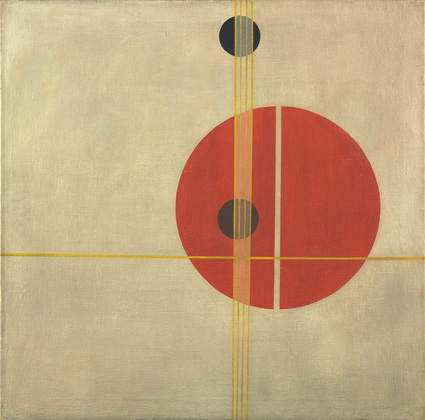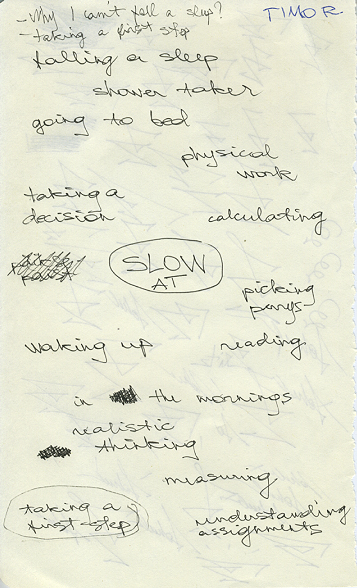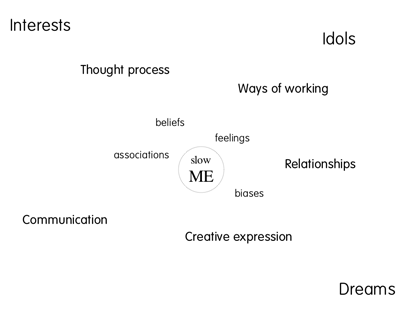Students of the Rietveld have many libraries at their service.
On top of the Public Libraries there are many specialized libraries covering many different fields of specialized interests. Designblog tried to give you some glance into Rietveld’s own small library by means of opening up it’s hidden treasures in two projects, called “The Library Project 2008″ and “Subjective Library Project 2009″.
Most frequently we continue our researches in the Library of the “Rijksakademie” especially when our search is art oriented. Their collection, dating back to the 18th century, includes approximately 33.000 volumes.
In addition to 85 magazine subscriptions and some 1400 videos and dvd’s, there is a large collection of monographies, catalogues of exhibitions and art theory books on visual arts, photography, video, applied art and architecture. Next to the regular collection it harbers a beautiful, exiting and inspiring special collection of rare and old book on a wide spectrum of subjects, including illustration, decorative art and others. Come in person and be awe-inspired.
The Rietveld itself squandered her special collection in the 1990ties due to lack of space and vision. Only a few items remained in their collection and archive. Stuff coming from collections like this can nowedays be found on many online blogs and sites too. Look at Designblog’s own links like BibliOdyssey (read more), Linedandunlined, Spacecollective and many others.
But there is no thing like the real thing.
The Stedelijk Museum Library is specialized on modern and contemporary art. This library is together with the Tate Research Centre and Bibliothèque Kandinsky/Centre Pompidou the biggest in Europe) and design subject of the 20th century).
The Dutch Institute of Media Art “Montevideo/Time Based Arts” (NIMK) mediatheque is the ultimate place for everything focused on video- and visual art. This Institute has a huge collection of video and a brought library.
Go there, take time and see for yourself.
The Bibliotheca Philosophica Hermetica is a highly unique library on manuscripts and printed works in the field of the Hermetic tradition that are mostly philosophical, theosophical, astrological, magical or alchemical in nature.
The Library of the University of Amsterdam (UBA/UvA) was founded in 1578, when the books and manuscripts of all catholic institutions and the city library were merged. Next to its main building at the Singel there are many other library collections (like Artis/Zoo Library) connected. Most interesting are their special collections (on printed matter and its history).
The International Institute of Social History (IISH) is the world’s largest documentation and research centre in the field of social history. The institute is independent and reliable, which makes it a natural depository of the frequently threatened cultural heritage of the labor movement and other emancipatory groups and currents. The IISH is an institute that comes under the Royal Netherlands Academy of Arts and Sciences.
Of course their are many more specialized libraries like the one in “Huis Marseille” on photography, the Academie van Bouwkunst and NAi (Dutch Architecture Institute in Rotterdam) on architecture and many others, never much more than a hour away by train. Most of them can be accessed on line like The Photography Library, a cooperation between FOAM (Amsterdam) and the Dutch Photo Museum (Rotterdam). For Fashion we just travel to Antwerp to visit the MoMu Library. Most students have free transport in the Netherlands.








